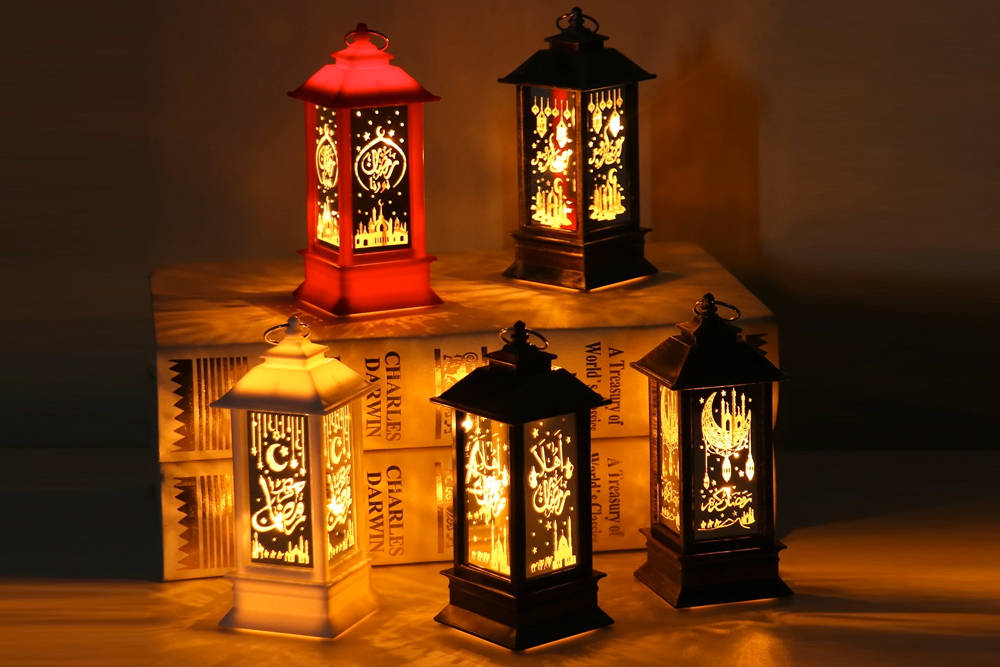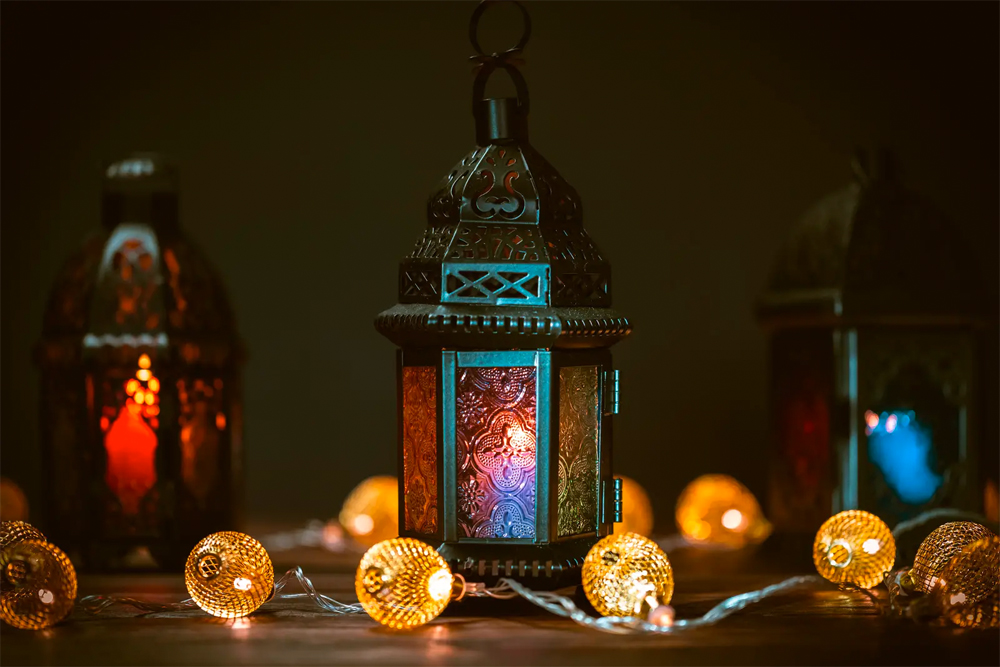
Ramadan is a significant time for Muslims worldwide, marked by fasting, prayer, and acts of charity. Nevertheless, it is also a time for joyous festivities and vibrant customs, like the lanterns that many towns use to adorn their streets. But where did this tradition come from, and how did it become such a symbol of the month of Ramadan?
Along with the star and the crescent moon, lanterns are now a well-known representation of Ramadan. During this time, these lanterns dangle from stalls of merchants in the alleyways, illuminating the bazaars of Arab towns. As a result, there are numerous legends and folklore involving the fanous, which is an Arabic word that means "lantern" and is particularly associated with Cairo, Egypt.

One of the first records of fanous being used in Egypt during Ramadan comes from the Fatimid caliphate, an ancient Islamic dynasty that controlled a large portion of North Africa and the Middle East. A parade of lanterns through the streets is said to have been held in the streets of Cairo to greet the Fatimid caliph al-Muizz during Ramadan. Over time, this tradition expanded across the nation, and fanous became a crucial component of the month's festivities.
The fanous also served a useful purpose during Ramadan. In Cairo, women would walk with children in tow to the mosque carrying lamps so that onlookers would see them and grant them the right of way. The use of lamps has endured and been updated for modern times even though this gender-related medieval tradition has become outdated.

In modern times, fanous has come to represent not only Ramadan but also Cairo's cultural legacy as well as the entire region. According to Najeh Bkerat, a member of the Al-Aqsa Academy for Science and Heritage in Jerusalem, lanterns are a symbol of Islamic culture. "The lantern is a well-known tradition in the Islamic world. People use it to reflect the light, goodness, and joy associated with Ramadan," he told AFP.
Artisans in the Arab world continue to preserve the traditional know-how of lantern-making in all shapes and sizes. Each fanous, whether made in Khan al-Khalili, Alexandria, or Jerusalem, is a unique work of art embodying the cultural heritage of the region.

















